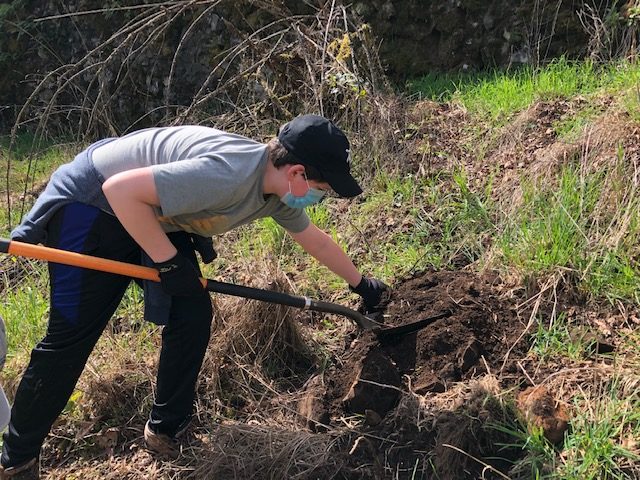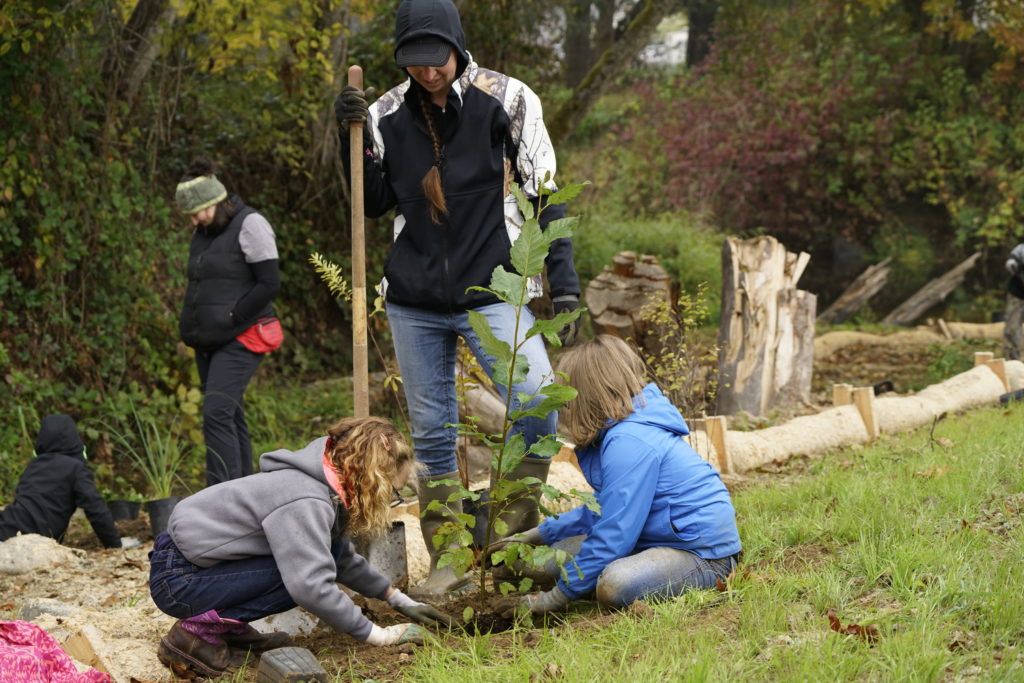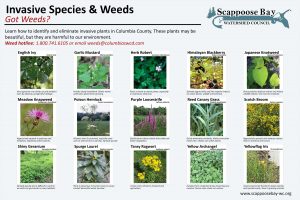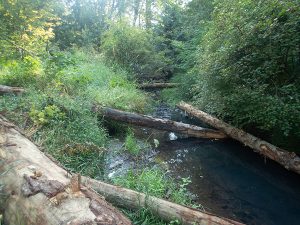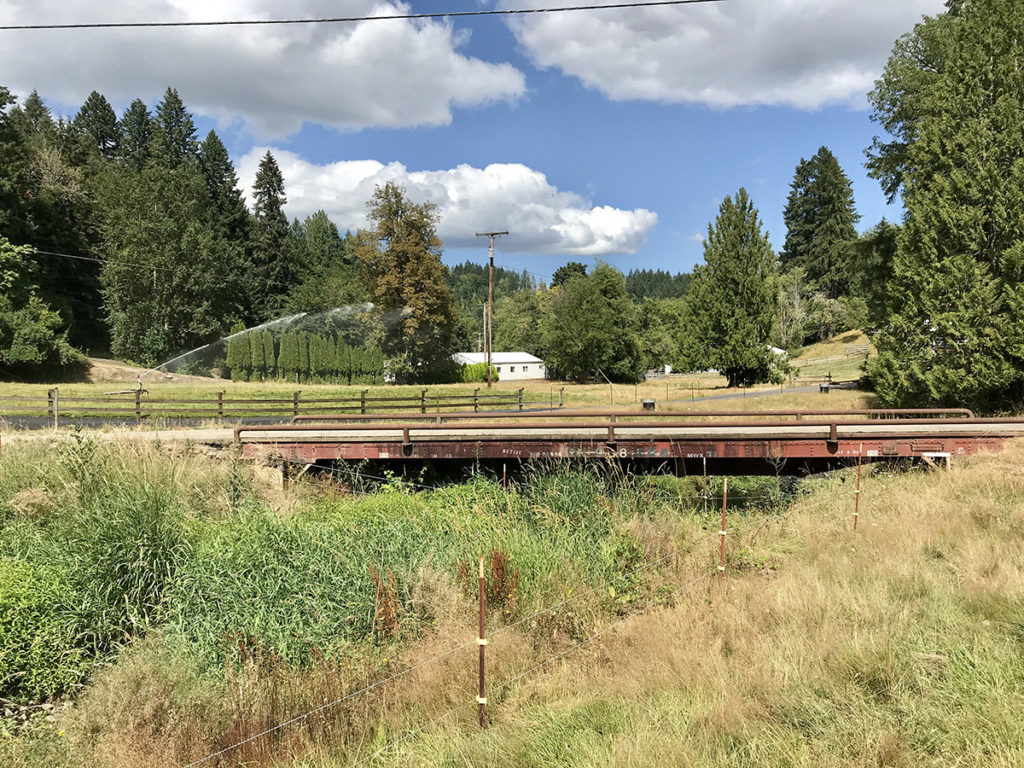Restore Your Property: Big or Small
As a home, property, or land owner you can make a dramatic difference. Whether it’s a small DIY project or a larger scale project that needs a little consultation from an expert at the council. We are here to help any way we can.
DIY: 5 Ideas for Property Owners to Help our Watershed
As a home, property, or land owner you can make a dramatic difference. Below are a few DIY projects you can do that will dramatically improve our watershed.
- Plant native plants
- Eliminate invasive species
- Increase wildlife habitat
- Improve water quality
- Support salmon recovery
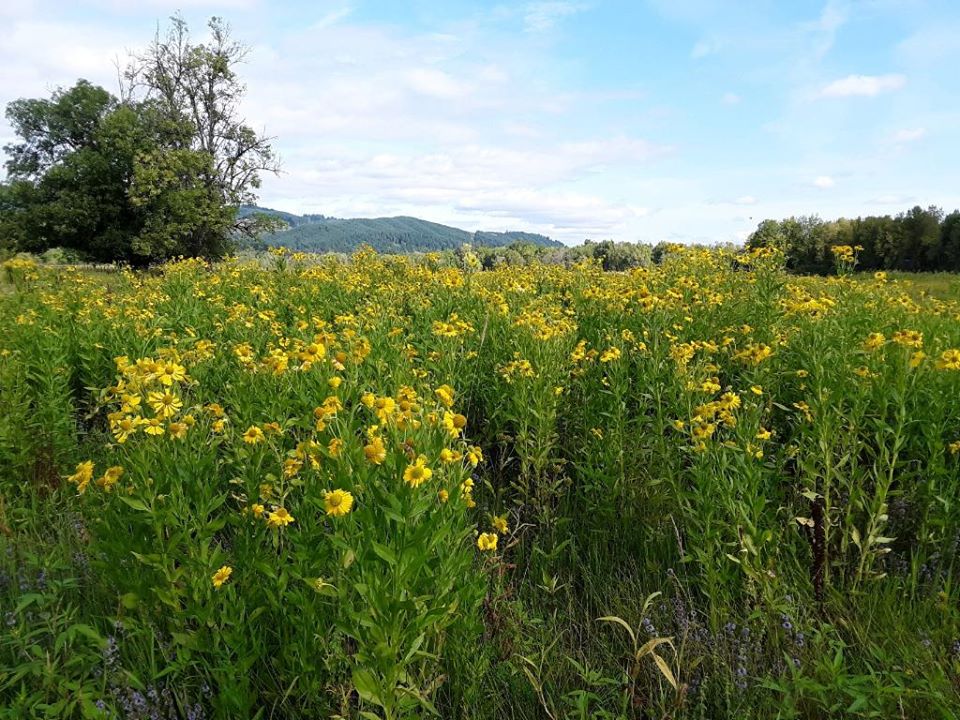
1. Plant more native species.
Consider planting native plant species first. Wildlife prefer native species and they thrive in their natural environment. Consider a variety of vegetative types and heights that flower and bear fruit at different times of the year. Let us help you, by purchasing natives at the SBWC Native Plant Nursery sales the second Saturday in April and October. Anyone in our community can play a role. See our local 4th graders planting natives at Veteran’s Park in the pictures below.
Native Plant Resource links
Databases:
- Plant Database – US Dept. of Agriculture
- OSU Landscape Plant Database – Oregon State University Dept. of Horticulture
- OregonFlora – A comprehensive guide to vascular plants of Oregon
Publications:
- Native Plants and Trees of Oregon – Oregon Dept. of Forestry
- Native Plant Gardening – Oregon State University Extension Service
- Native Plants for Willamette Valley Yards – Metro and local partners
2. Eliminate weeds and invasive species
Learn how to identify invasive species and prevent and/or remove weeds and other invasive plants. Be sure to stay vigilant – invasive plants are aggressive growers.
In Columbia County, be on the lookout for:
- Riparian Areas: Himalayan blackberries, Reed canary grass, English ivy, Knotweed, Garlic mustard, Yellow archangel, Giant Hogweed
- Wetland Areas: Purple loosestrife, Yellowflag iris, Reed canary grass
Newer invaders: Spurge laurel, Yellow archangel, Lesser celandine, and Spotted/Meadow knapweeds
NOTIFY the Columbia Soil & Water Conservation District immediately if you find:
- Garlic Mustard
- Giant Hogweed
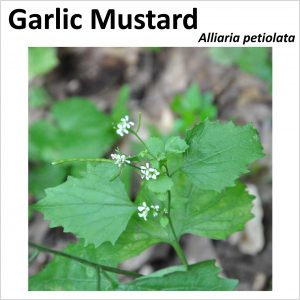
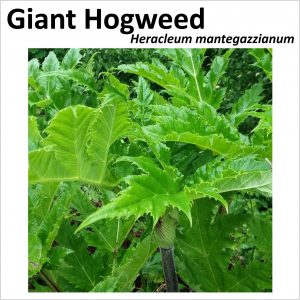
Weeds & Invasive Plants Resource links:
- About Weeds – Oregon Department of Agriculture
- Columbia County Field Guide for Noxious Weeds – Columbia Soil & Water Conservation District
- Invasive Species – Oregon Native Invasive Species Council
- Invasive Species & Weeds – Top 15 to watch out for in Columbia County
- Invasive Weed ID & Mgmt – Oregon State University
- Rural Living Handbook – Columbia Soil & Water Conservation District
- Water Weeds – Benton County Soil & Water Conservation District
3. Create an inviting habitat for wildlife
- Wildlife habitat = Food + Water + Cover

- Encourage bees, butterflies, hummingbirds, and other beneficial insects.
- Leave snags and some downed, woody materials for perching, hiding, and nesting.
- Plant small grains or large-seeded grasses as food for wildlife.
- Develop ponds, stock water tanks or other watering facilities.
- Add bat boxes and bird houses to encourage species that feed on insects.
- Trees and shrubs supply habitat and travel corridors for wildlife.
Are you ready to get started on a naturescaping project but need a little help designing your landscape? Check out this workshop.
4. Improve water quality
- Conserve water
- Minimize the release of chemicals in waterways
- Maintain septic systems
- Landscape and build wisely
5. Support salmon recovery efforts
- Plant stream banks with healthy native plants
- Increase ability for fish to access areas to spawn and reproduce
- Restore habitat in streams and rivers by leaving or placing large wood
- Reduce sediment and pollution by minimizing erosion
Start a Project with SBWC
No project is too large. The SBWC is involved in restoration projects throughout the watershed. Removing invasive species and planting natives along riparian buffers are our highest priority.
Reach out to SBWC and start your own Restoration Project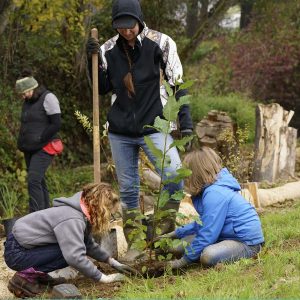
- Contact Dana by phone at 503-397-7904 or email: info@scappoosebay-wc.org
- Schedule a site visit.
- Be prepared to describe your property concerns and your goals.
- Together, we can determine the best options for your situation.
- Depending on the options, grant opportunities could be available. Learn more about Small Grants.
- Keep in mind, proper planning and restoration takes time.

